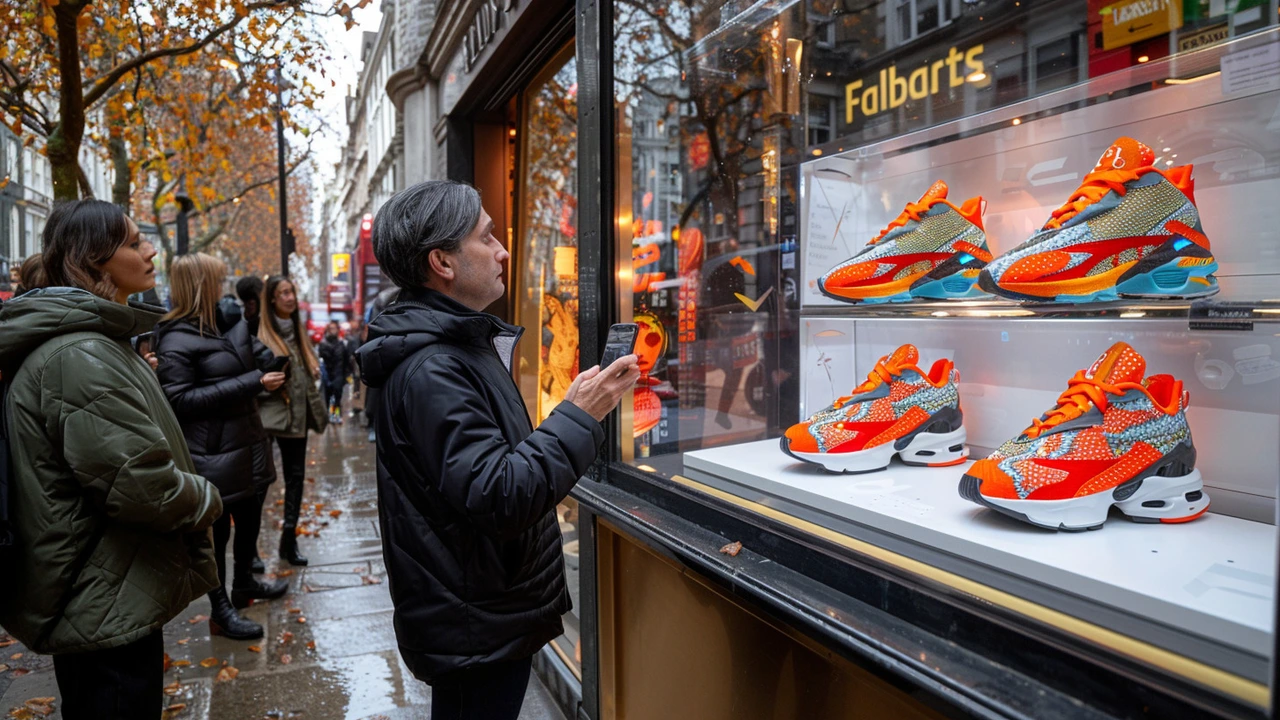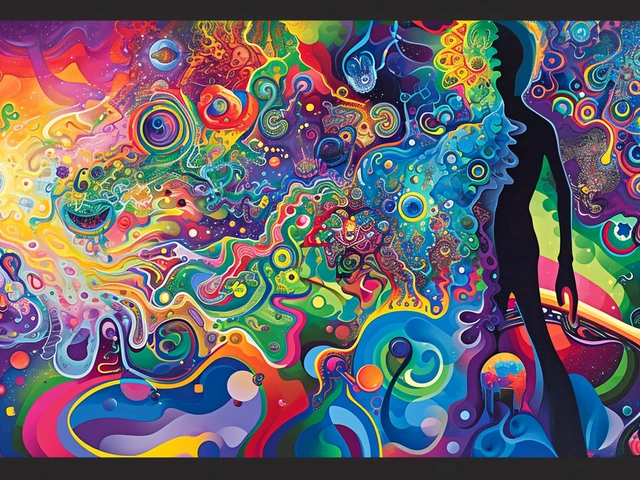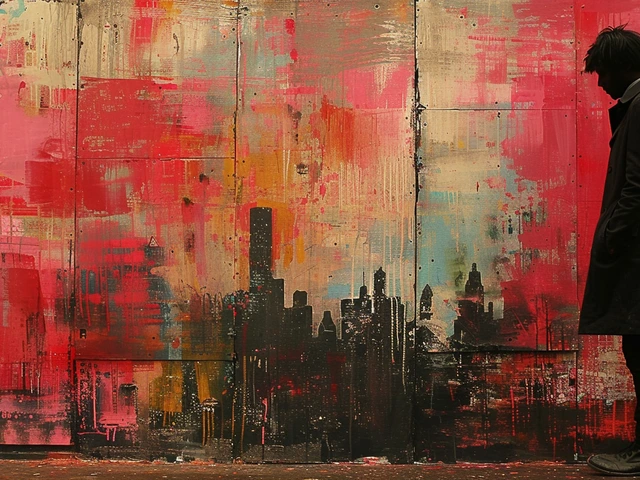The Genesis of Pop Art and its Philosophical Underpinnings
The movement that radically transformed the canvas of modern advertising began in the 1950s and 1960s, known as Pop Art. This art form emerged as a rebuke to the traditional elitist views on what art should represent, grounding itself in the philosophy that art can derive from any source, especially from the fabric of everyday life and popular culture. Icons like Andy Warhol and Roy Lichtenstein turned ordinary consumer goods and mass media into high art, challenging preconceived notions and merging the realms of high culture and mass culture.
Pop Art was more than just an artistic trend; it was a commentary on the burgeoning consumer society, especially in post-war America and Britain. This movement propounded the idea that art could be made out of anything, highlighting the omnipresence of advertising and consumer goods in daily life.
"I want to be a machine," Andy Warhol once declared, underscoring his fascination with mass production and the commodification of art.This vision has since seeped into the very essence of modern advertising, blurring the lines between art and commercialism.
Key Figures of Pop Art and Their Contribution to Advertising
Speaking of Pop Art invariably brings to mind personalities like Andy Warhol, Roy Lichtenstein, and James Rosenquist, among others. Warhol’s silk screens of Campbell’s Soup Cans and Marilyn Monroe, Lichtenstein’s comic-book inspired artworks, and Rosenquist’s billboard-like collages did not just redefine art; they laid the groundwork for a new advertising language. These artists' works were characterized by their use of bold colors, simplicity in design, and replication of commercial and popular imagery, making them easily adaptable to advertising formats.
Warhol, for instance, blurred the lines between commercial and fine art most prominently. His philosophy that art could be found in the most mundane of objects has inspired generations of advertisers to look at products and consumer culture through a new lens. This has made Pop Art a critical reference point for creating engaging, relatable, and visually striking advertising content.
Pop Art’s Impact on Advertising Aesthetics
The aesthetic principles of Pop Art - its use of bold colors, simple yet powerful imagery, and the amalgamation of text and image - have been co-opted by the advertising world to capture consumer attention in an increasingly crowded marketplace. The immediate visual appeal and the connection to popular culture elements make Pop Art style adverts incredibly effective in resonating with a broad audience.
Moreover, the irony and satire often inherent in Pop Art have enabled advertisers to develop campaigns that not only sell but also critique or comment on societal tendencies, consumerism being a prime example. This dual function has enriched advertising content, making it more layered and complex, and creating a more engaged and thoughtful audience.
Modern Advertising Campaigns Inspired by Pop Art
Countless modern advertising campaigns echo the influence of Pop Art, incorporating its distinctive style to create memorable and impactful messages. Brands across the spectrum, from fashion to technology, have adopted Pop Art’s striking visuals and consumer culture critique to stand out. A notable example is the collaboration between Pepsi and Beyoncé, which echoed Warhol’s Marilyn Diptych, leveraging bright colors and repeated imagery to create a visually arresting ad campaign.
Another example is the Absolut Vodka ads that mimic Warhol’s aesthetic, specifically his use of bright, contrasting colors and simple, bold designs. These campaigns not only catch the eye but also pay homage to Pop Art’s legacy, demonstrating its enduring influence on commercial art and advertising strategies.
Integrating Pop Art Into Current Advertising Practices
For advertisers looking to inject vitality and relevance into their campaigns, integrating Pop Art principles can be a game-changer. This involves beyond just mimicking the aesthetic; it’s about embracing the Pop Art philosophy of finding art in the everyday and challenging traditional narratives. Brands can achieve this by focusing on bold, simple imagery, using irony or satire to comment on consumer culture, and leveraging popular culture references to forge stronger connections with their audience.
Moreover, social media platforms have emerged as fertile ground for Pop Art-inspired advertising, with their emphasis on visual content and the rapid sharing of memes and trends. Advertisers can harness these platforms to create content that is not only visually engaging but also interactive, thereby amplifying their reach and impact.
Pop Art and the Future of Advertising
As we look towards the future, the influence of Pop Art on advertising shows no signs of waning. Its principles of bold aesthetics, incorporation of popular culture, and commentary on consumerism are more relevant than ever in our digitized, hyper-consumer society. Pop Art’s legacy lives on, pushing the boundaries of what advertising can be and how it can connect with consumers on an emotional and aesthetic level.
Adaptability to emerging trends and technologies will define how Pop Art principles continue to shape advertising. The rise of virtual and augmented reality presents new canvases for advertisers to explore Pop Art aesthetics, potentially leading to immersive and interactive ad experiences that could redefine consumer engagement.



